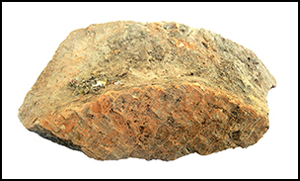Published online by Cambridge University Press: 29 September 2021

Evidence for both basket weaving and salt production is often elusive in the prehistoric archaeological record. An assemblage of Middle–Late Chalcolithic pottery from Provadia-Solnitsata in Bulgaria provides insight into these two different technologies and the relationship between them. The authors analyse sherds from vessels used in large-scale salt production, the bases of which bear the impression of woven mats. This analysis reveals the possible raw materials used in mat weaving at Provadia-Solnitsata and allows interpretation of the role of these mats in salt production at the site. The results illustrate how it is possible to see the ‘invisible’ material culture of prehistoric south-eastern Europe and its importance for production and consumption.